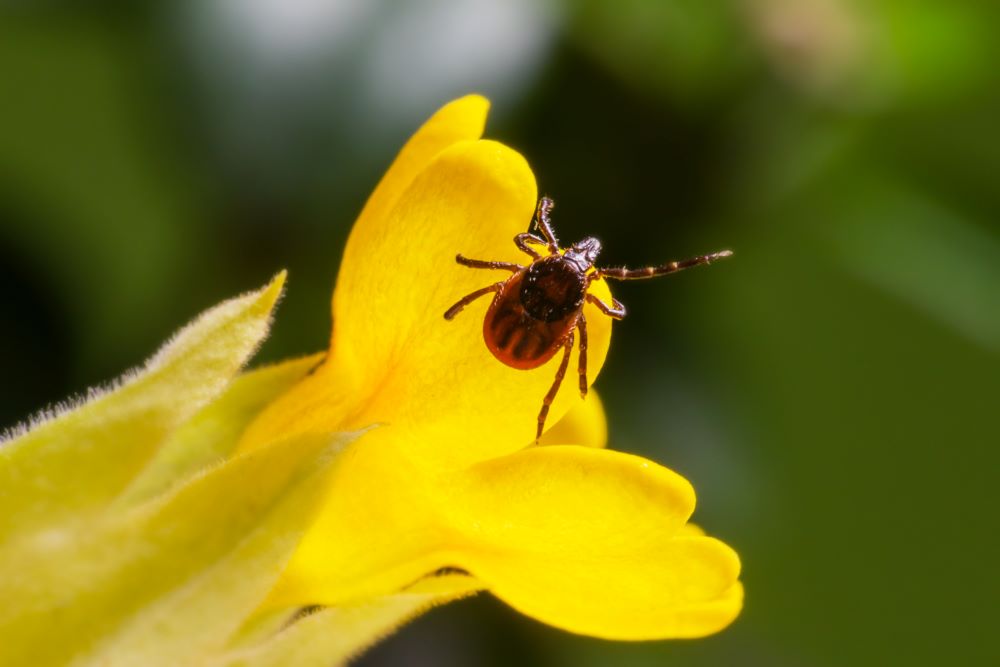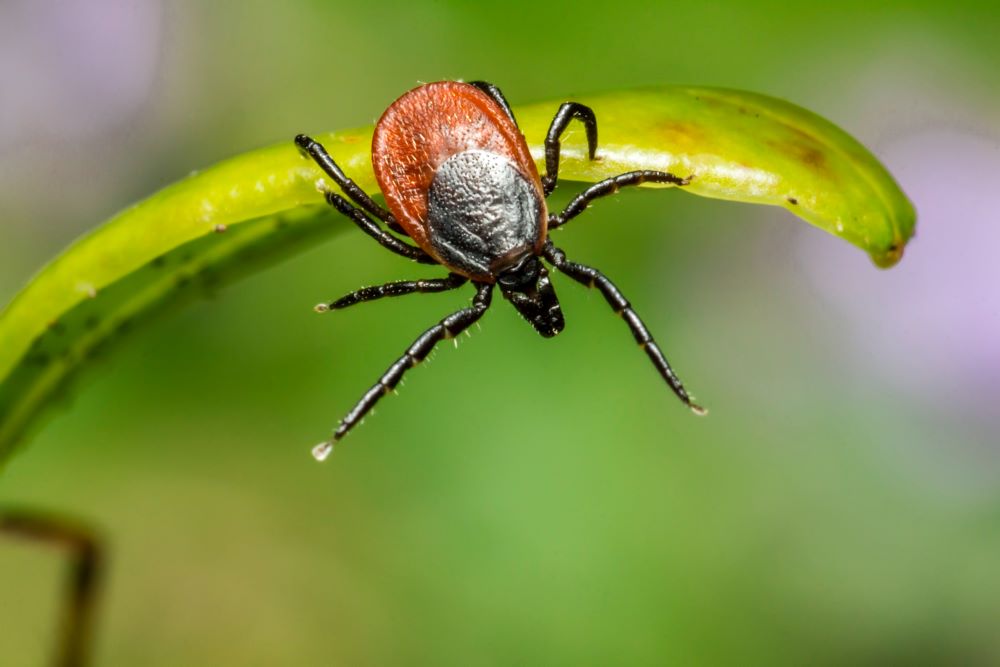In recent years, there has been concern that Alaska’s tick problem is mounting, and that they may be carrying more diseases. This is due in part to climate change, which is making the environment more hospitable to ticks.
Ticks are small, arachnid parasites that can transmit diseases to humans and animals. They are found in many parts of the world and are also known to bring more types of pathogens over to people from animals than any other creature.
A team of researchers at the University of Alaska Anchorage has been studying ticks in the state for several years, and have noted the state’s growing tick problem. They have found that, while the number of ticks in Alaska is still relatively low, the risk of tick-borne diseases is increasing.
The researchers have also found that some non-native tick species, which can carry more diseases, have been introduced to Alaska. These ticks are most likely to be found in the state’s southern and southeastern regions.

Unfortunately, this isn’t an isolated case for America. Since 2004, the number of cases for six tick-borne diseases has almost doubled. The case which has increased the most is lyme disease.
One particular concern for wildlife health in Alaska is the winter tick problem. The winter tick is a species of tick that has been found on moose, elk, and deer in the Lower 48, Western Canada, and the Yukon, but not yet in Alaska. However, there’s still a concern for its appearance, as ticks continue to spread to places they might not have been before.
“We want to make sure that people are aware that there is a risk that maybe they didn’t have as they were growing up in these communities,” says Rebecca Eisen, a research biologist for the CDC, focused on vector-borne bacterial diseases.
The winter tick poses a serious health issue that can kill moose during the winter months, especially calves and yearlings. Its bite causes the moose to itch and scratch off significant amounts of hair and cause substantial blood loss, which leaves the moose vulnerable to the cold. That’s why the chance it could appear in Alaska is a serious concern for wildlife managers.
The Alaska Department of Fish and Game is planning a winter tick surveillance project over the next five years. The public is encouraged to report sightings of moose with hair loss.
The researchers recommend that Alaskans also take steps to protect themselves from ticks. These include:
- Wearing long pants and long-sleeved shirts when hiking or camping in tick-infested areas
- Using insect repellent that contains DEET
- Checking for ticks after spending time outdoors
- Removing ticks promptly if they are found
If a person finds a tick on their body, it is important to remove it as soon as possible. They can do this by using tweezers to grasp the tick as close to the skin as possible and pulling it straight out. It’s important to not twist or crush the tick, as this could release more of the bacteria into the bite wound.
After removing the tick, one should clean the bite wound with soap and water, and they may also want to apply an antibiotic ointment.
By taking steps to protect against ticks, an individual can help to reduce their risk of contracting tick-borne diseases. They can also help to protect Alaska’s wildlife population from the threat of winter ticks.
Sources:
As ticks gain ground in Alaska, researchers say health risk remains low for now


Join the conversation!